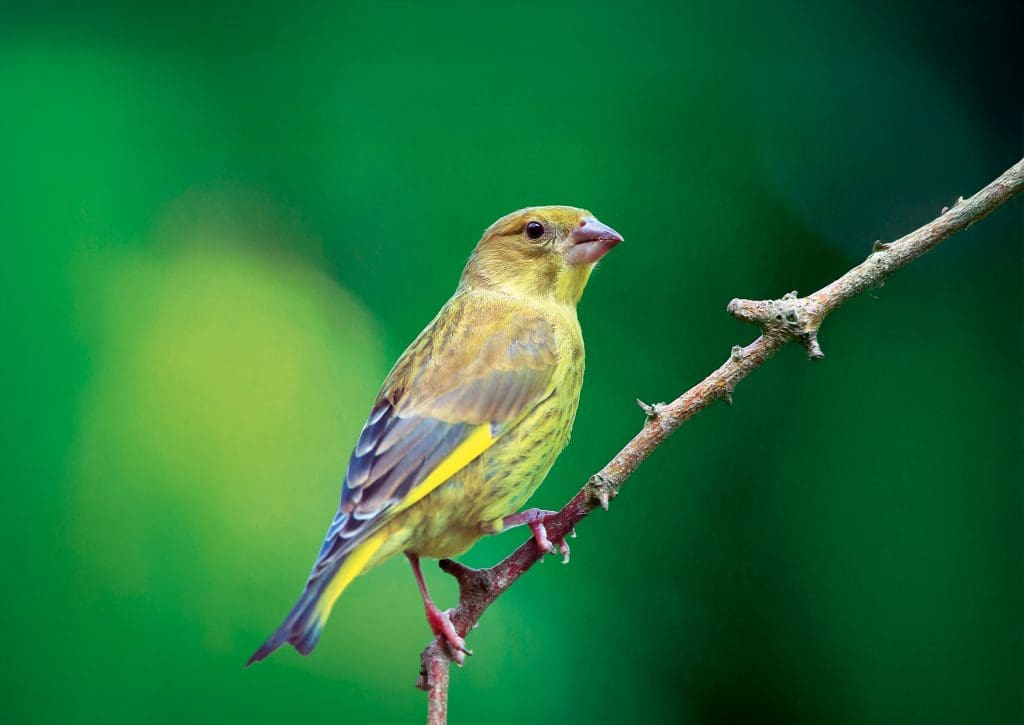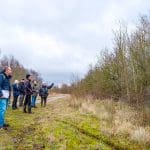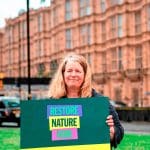Ever since first raising my head above the parapet as The Urban Birder, some 19 years ago, I have noticed an increasing flood of stories from both naturalists and city citizens alike about the nature they encounter in their daily lives.
I remember back in 2015, when I conducted my ‘Vote for Britain’s National Bird’ campaign, my idea was not so much to find what Britons most thought the National Bird ought to be, but to get people who never gave birds a second thought to start talking about their experiences with birds. The vote was hugely successful, and the Robin won.
I managed to get nearly a quarter of a million people to vote – 60% of them weren’t even members of a non-governmental organisation (NGO), such as the RSPB!
It was fascinating to hear stories from people who had previously sworn blind that they had no knowledge of birds, all eloquently relaying stories of befriending birds ranging from Robins to Magpies.
The funniest story was told by a man who had obviously just witnessed a Sparrowhawk take down a Song Thrush in his garden.
“A huge bird of prey swooped down and killed a thrush in my garden,” he exclaimed. When I asked him if he knew the identity of the avian assailant, he responded: “It was definitely an eagle. It was enormous!” The thought of a Golden Eagle taking out a Song Thrush in a suburban garden in Surrey still tickles me to this day.
But the fact that people who are not overtly interested in nature can sometimes get their stories wrong is neither here nor there. It’s the very fact that they’re noticing the natural world within the confines of a city that’s so brilliant. It fills me with joy, seeing smiles light up the faces of people who have never even held a pair of binoculars before. Without realising, these people are, in some way, connected to nature.
‘It was fascinating to hear stories from people who had previously sworn that they had no knowledge of birds’
You don’t need to have an encyclopaedic knowledge of natural history to be connected to it. Indeed, it’s not necessary to ever become an expert. All you need is an open heart, mind and soul. These simple ways of being will allow you access to nature and all the benefits that it will bring you.
As you may have sensed, my work is mainly centred around engaging the unengaged. That said, it is also great to see individuals who have fallen in love with the natural world do anything they can to promote its conservation. It’s especially pleasing to see this occur in urban areas; all too often we fall into the trap of thinking that one has to be in the countryside to enjoy nature. However, as I have always maintained, nature starts from your doorstep, wherever you may be situated.
Learn more about bird-friendly cities and communities.
Storytelling also starts from the same doorstep and is not the sole preserve of rustic settings. I only have to look at my own local patch – Wormwood Scrubs in West London – to hear fantastic stories of connections with nature. For instance, a dog walker told me about a time she was taking her pet for a bit of exercise early one evening. She heard a lot of squawking and, on looking up, noticed streams of Ring-necked Parakeets overhead, congregating on the nearby trees. Mesmerised, she watched the spectacle as the trees were transformed into a mass of jostling emerald green. Though non-native they put on a good show. She relayed that experience to her friends and soon there was a nightly audience getting out into nature.
You might also like
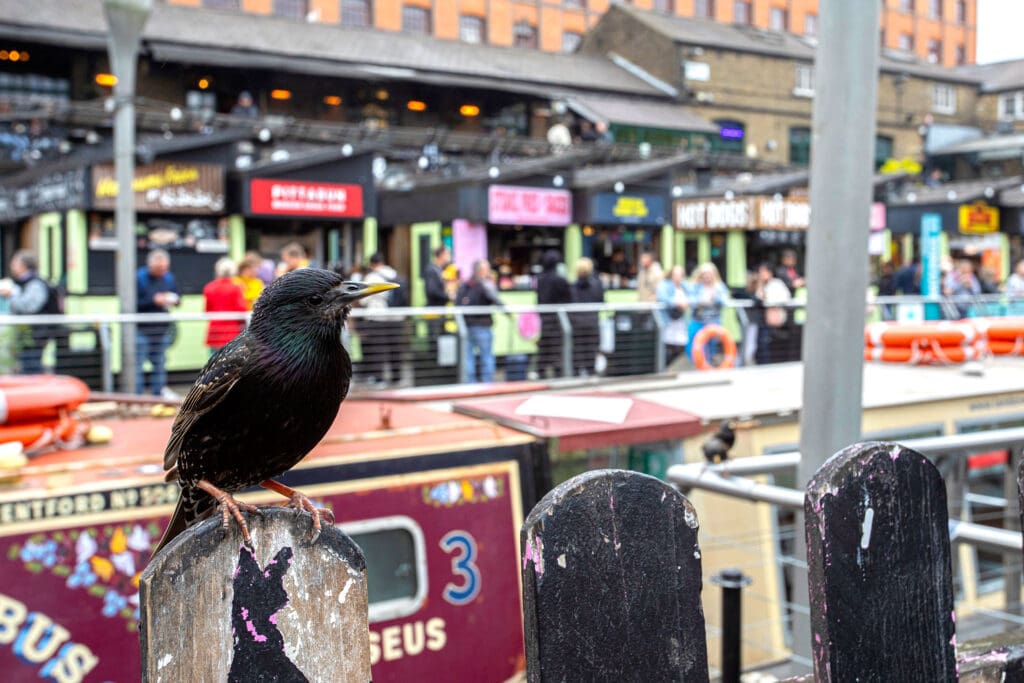
Creating bird-friendly cities and communities
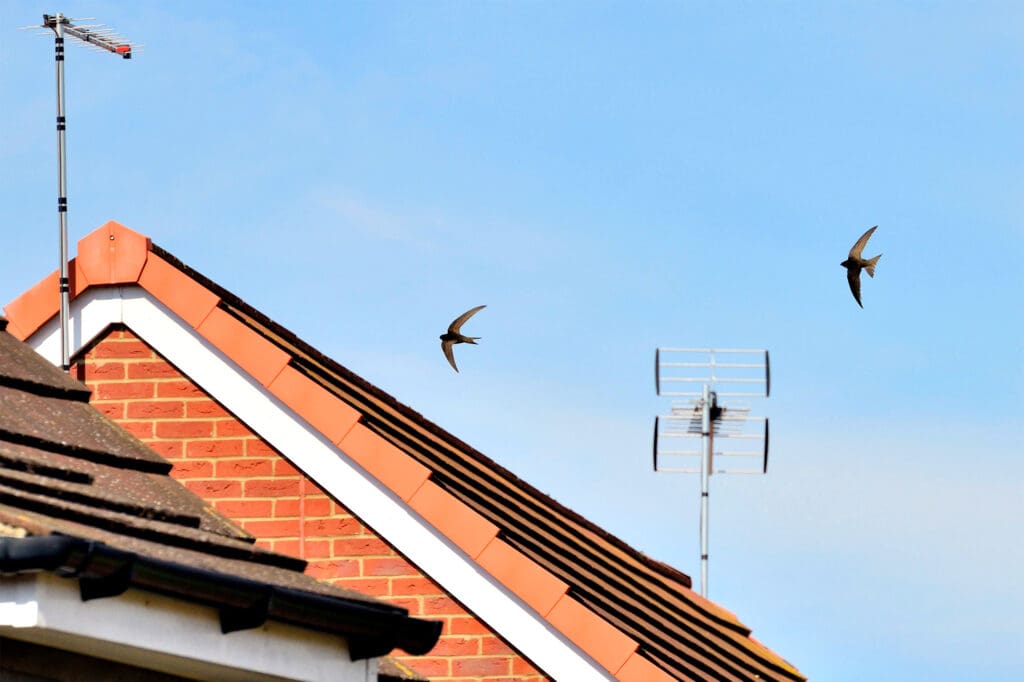
Giving nature a home where we live
